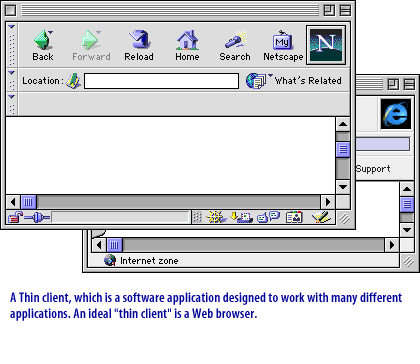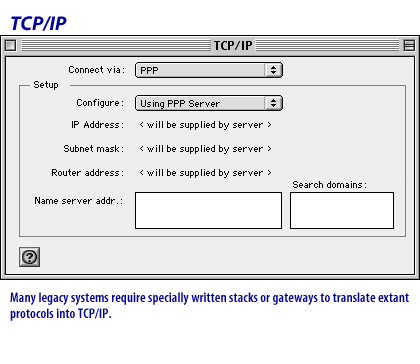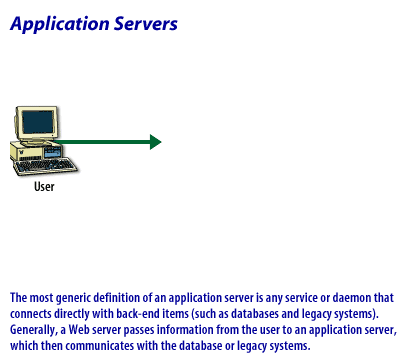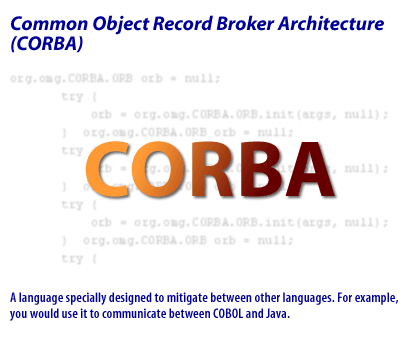| Lesson 12 | Legacy integration |
| Objective | Assess the tasks required to integrate with legacy systems. |
Tasks required to integrate with Legacy Systems
Companies were accessing databases and tracking users long before the advent of e-commerce and many mainframe or legacy systems worked fine for years. Many companies have decided that instead of reinventing the wheel, they will simply bridge their existing legacy systems to the Web.
Integrating e-commerce software with legacy systems is by far the most complex customization task for e-commerce administrators. Most Internet commerce packages do not attempt to make such integration possible. Therefore, it is necessary to build custom applications.
To make these sorts of customizations, you need to be very familiar with:
Integrating e-commerce software with legacy systems is by far the most complex customization task for e-commerce administrators. Most Internet commerce packages do not attempt to make such integration possible. Therefore, it is necessary to build custom applications.
- The ecommerce software system you are using (such as IBM Services Websphere commerce or Microsoft's Dynamics 365 Commerce)
- The legacy system you want to integrate
- The middleware that you will use to connect the two
To learn more about middleware solutions click on
Specific Middleware Solutions
Learn more about using Java solutions when connecting legacy systems to the Web.Server Side Java
Two, three, and n-tier topologies
For years, systems have divided certain tasks between the "dumb" client and the mainframe. This is called two-tier connectivity.
The client was responsible for formatting the information to a screen, whereas the mainframe was responsible for the "business logic," which processed the information, and retrieving data from its database. By the 1980s, networks began distributing the processing load among the client, a server, and a database. This solution is called a three-tier solution because it involves three distinct stages. Recent topologies are called n-tier because they divide the middle, processing layer between a Web server and many application servers and legacy systems. Therefore, they are numberless.
Such solutions can include the use of thin clients.
Web to legacy components
Whenever you require legacy connectivity, you will require most of the components shown in the SlideShow below.



Legacy Components
The next lesson concludes this module.
Legacy Integration - Exercise
Click the Exercise link below to complete the course project for this module.
Legacy Integration - Exercise
Legacy Integration - Exercise